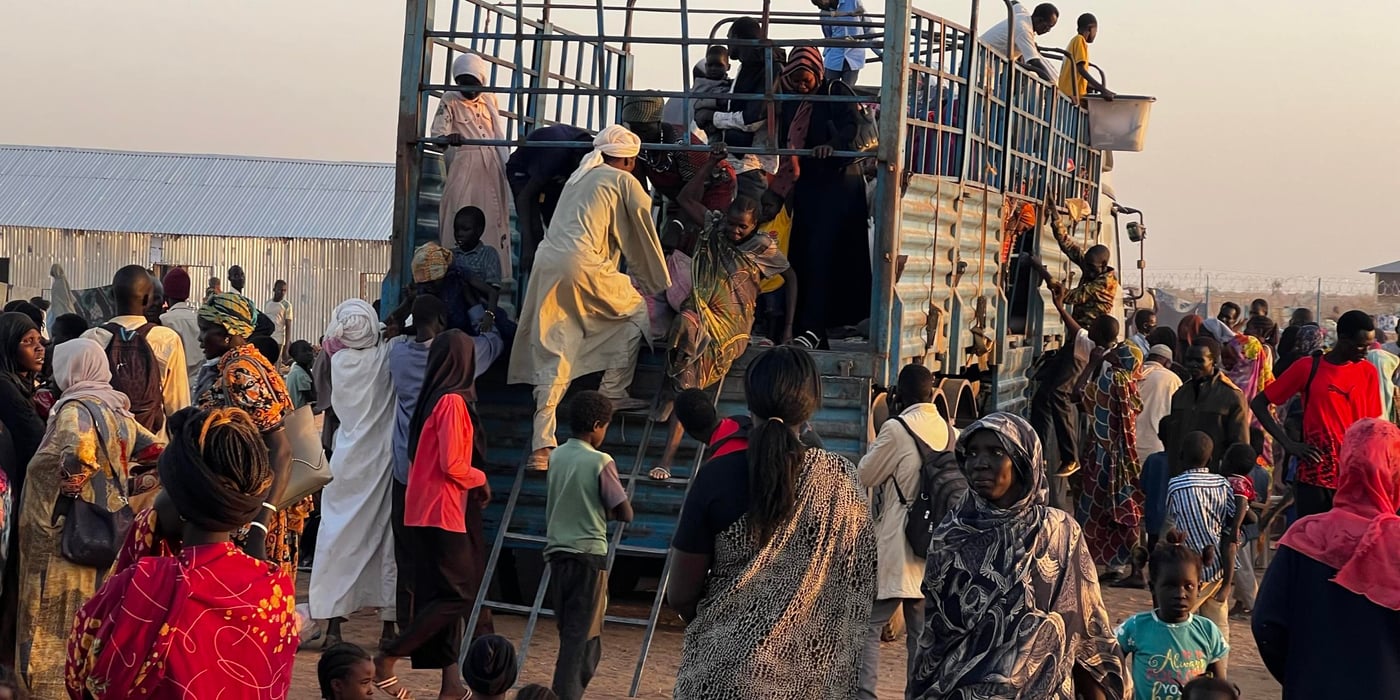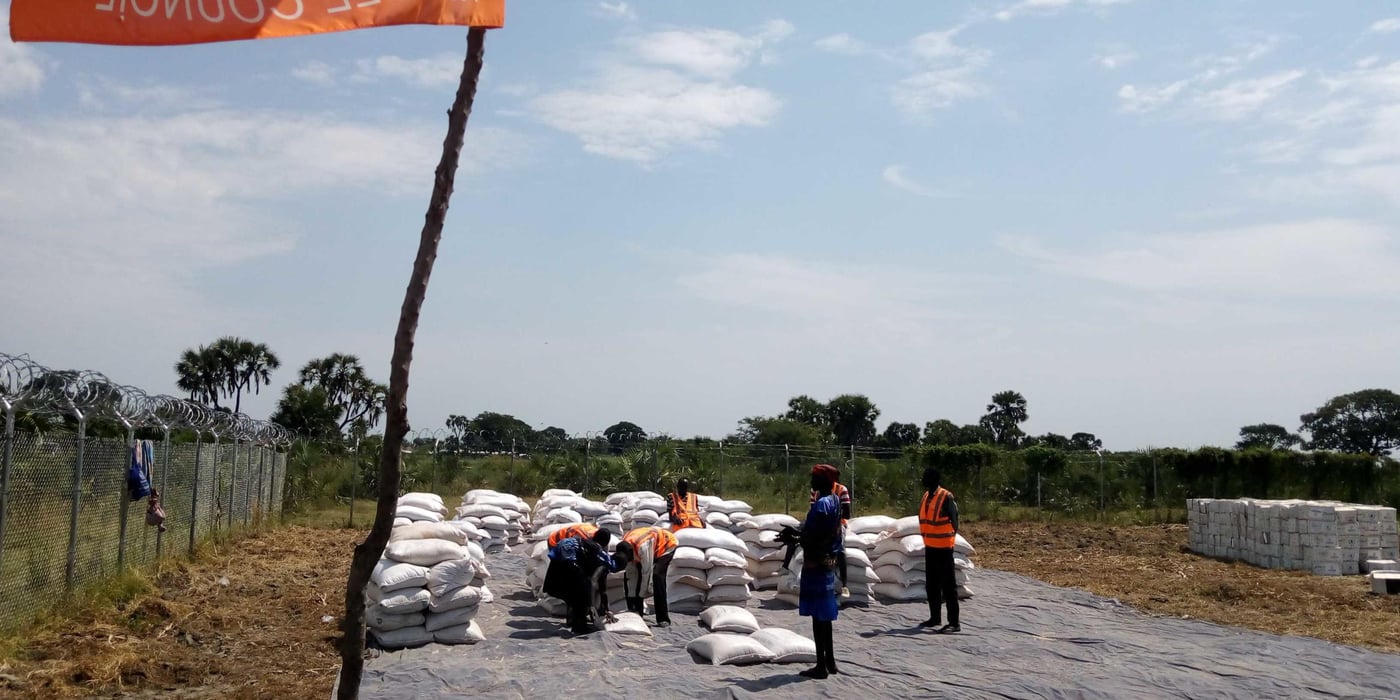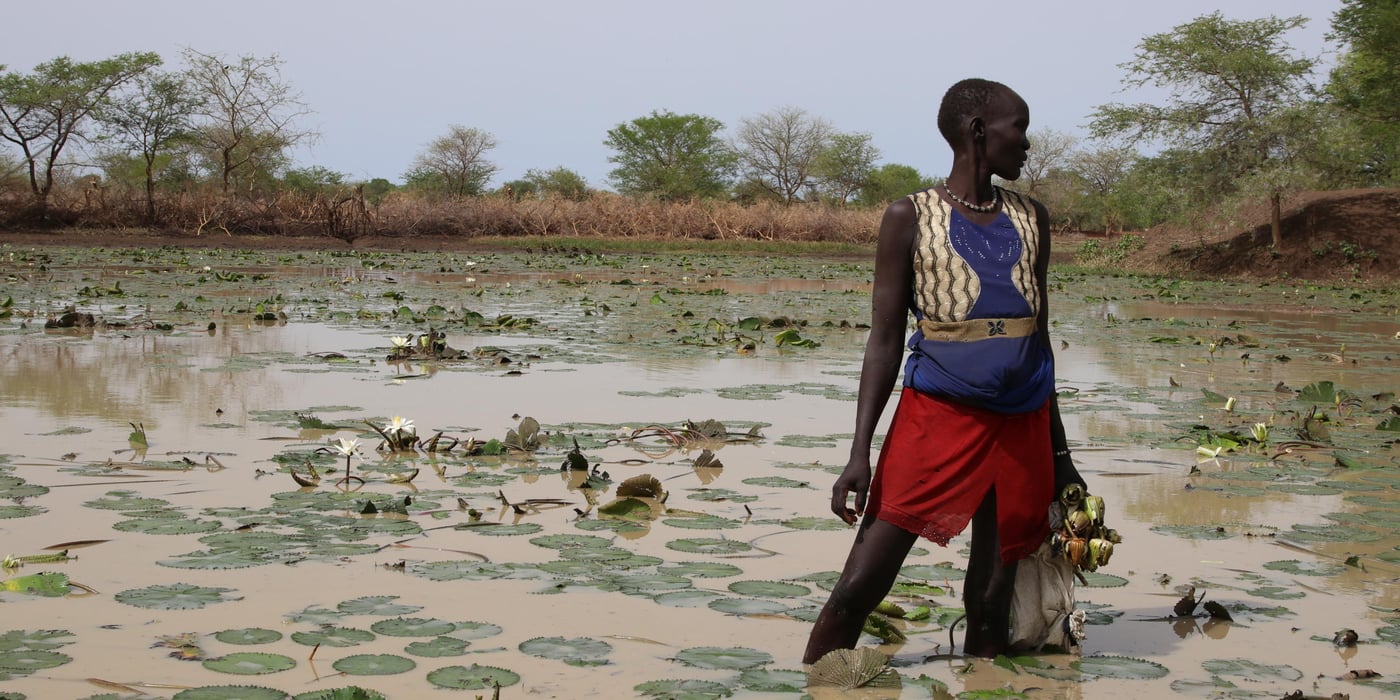
“I walked on foot with my children for six days. We were attacked several times on the way."
On the seventh day, they arrived in Mankien in South Sudan’s northern Unity State, a part of the country that has been seriously affected by the conflict.
Read also: Five things you should know about the conflict in South Sudan
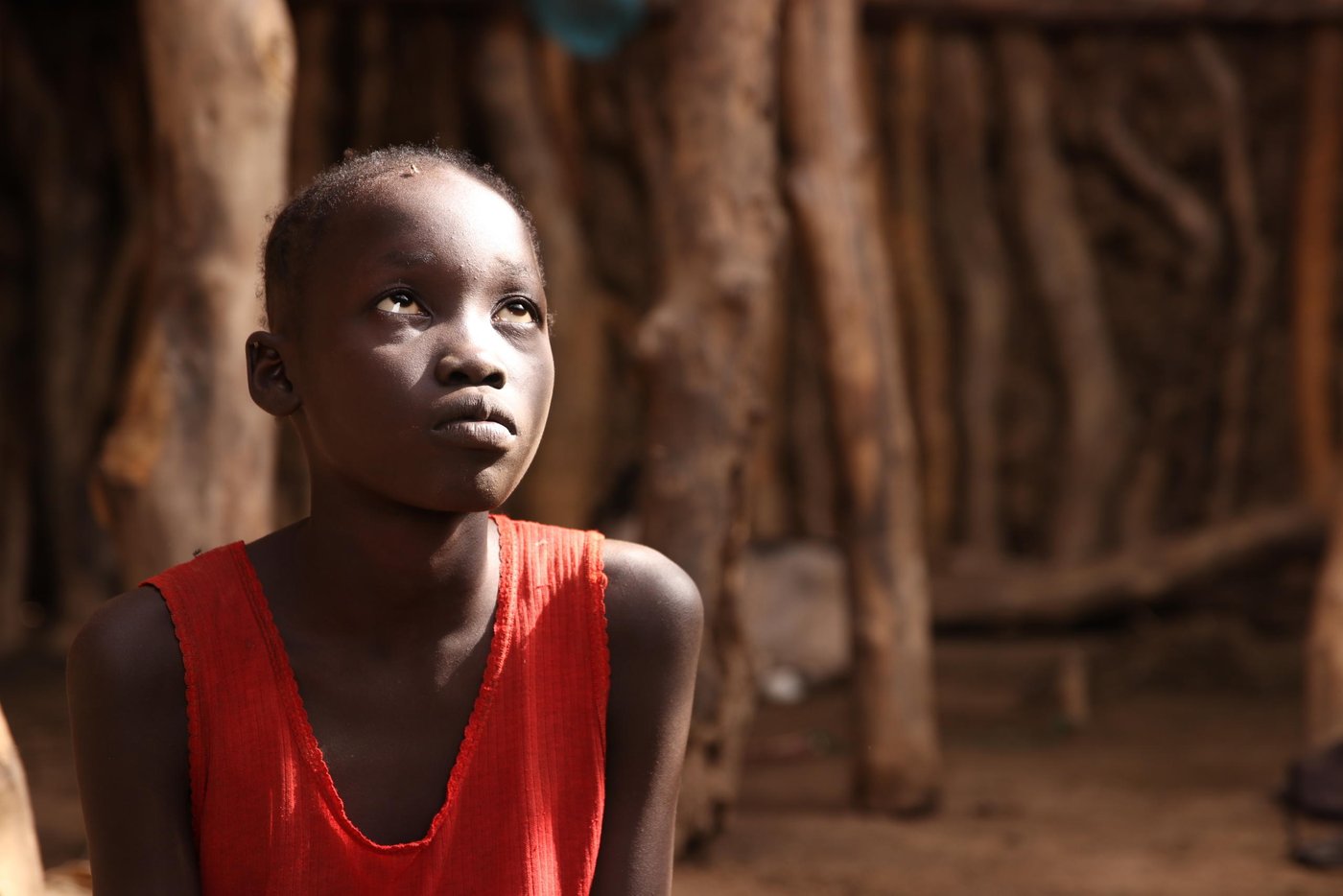
Happy they survived
In July 2011, the population of the world’s youngest country were dancing in the streets, celebrating a long-wanted independence from Sudan. But two years later, violent conflict broke out and has since forced over three million people to flee their homes.
"I’m very happy that my children and I survived. Many people lost their lives," says Kugar.
Today, the 36-year-old widow lives with her children in a small grass thatched house in Mankien. Food is extremely hard to come by, and every day is a struggle to survive.
"We lack food and water and my children have no school to go to," she says.
Sometimes her children will lie on the ground, exhausted and with no energy left to play. Kugar then goes to the nearest river to look for water lilies to feed them. She also picks wild fruits in the forest and gathers firewood that she can sell in the market. Kugar is always afraid of wild animals, or that someone will rape her. But most of all, she worries about her children.
"I’m the only one they have, I’m both the mother and the father. Whenever we lack food, I’m the one who will have to find it."
Sometimes, we don’t eat enough for four or five days. My entire life is about searching for food.Kugar, 36
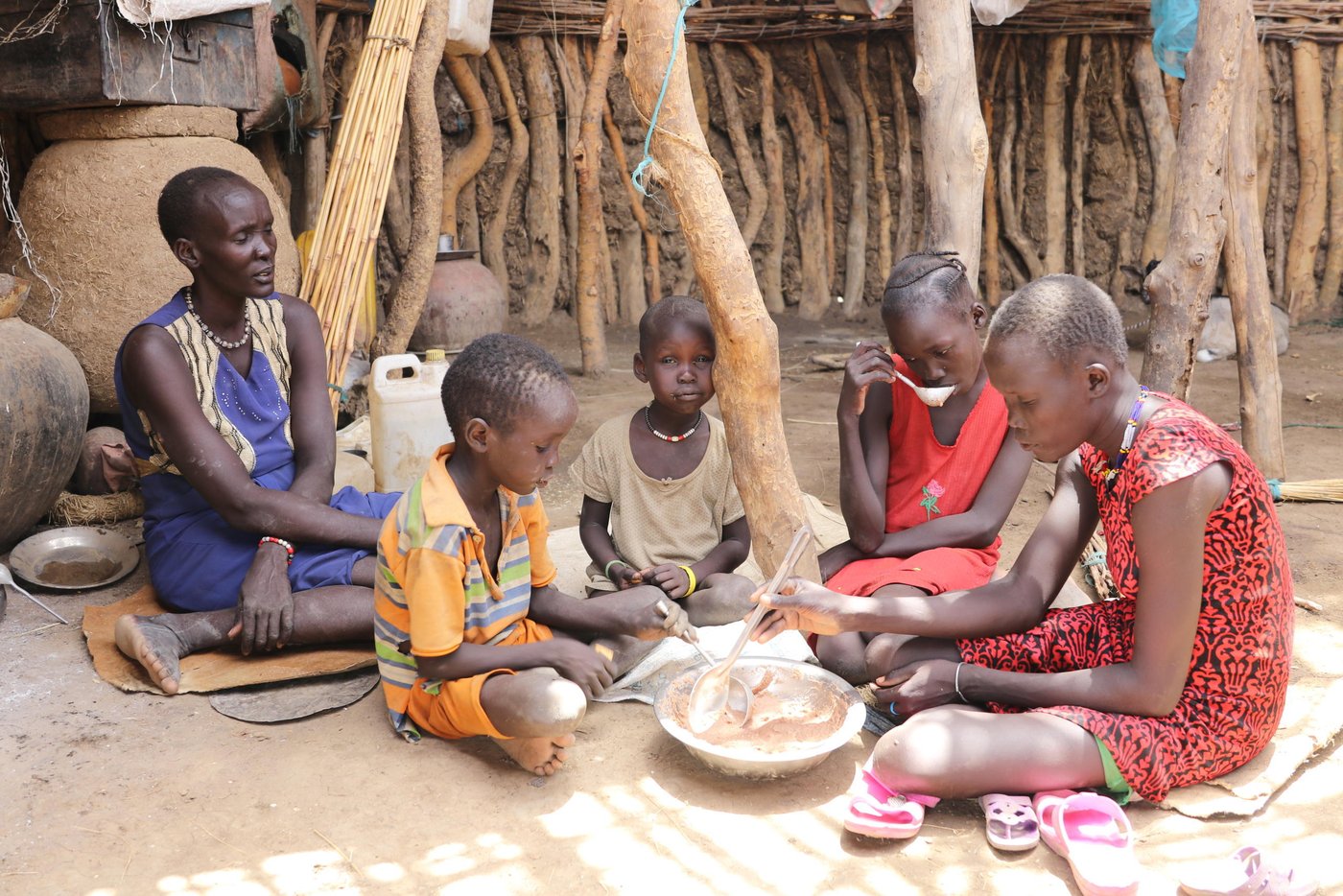
Damaged economy
Four years into the civil war, the economy in South Sudan is completely damaged. Food prices continue to rise and 70 per cent of families in South Sudan go hungry. As many as 6.3 million people are severely food insecure and the numbers are expected to rise as the lean season progresses.
"Sometimes, we don’t eat enough for four or five days. My entire life is about searching for food." Kugar says she sometimes asks the neighbours, but they don’t always have something to share.
Read also: Returned home to build a new country
Last year, famine was reversed in South Sudan but current food security levels are now much worse. Many markets are closed and farmers have been displaced from their land. Despite this, South Sudan’s aid appeal is only 21 per cent funded halfway through the year.
Despite all this, Kugar keeps a tiny hope for the future. "All I hope for is food for my children, safety and to be able to send them to school."


